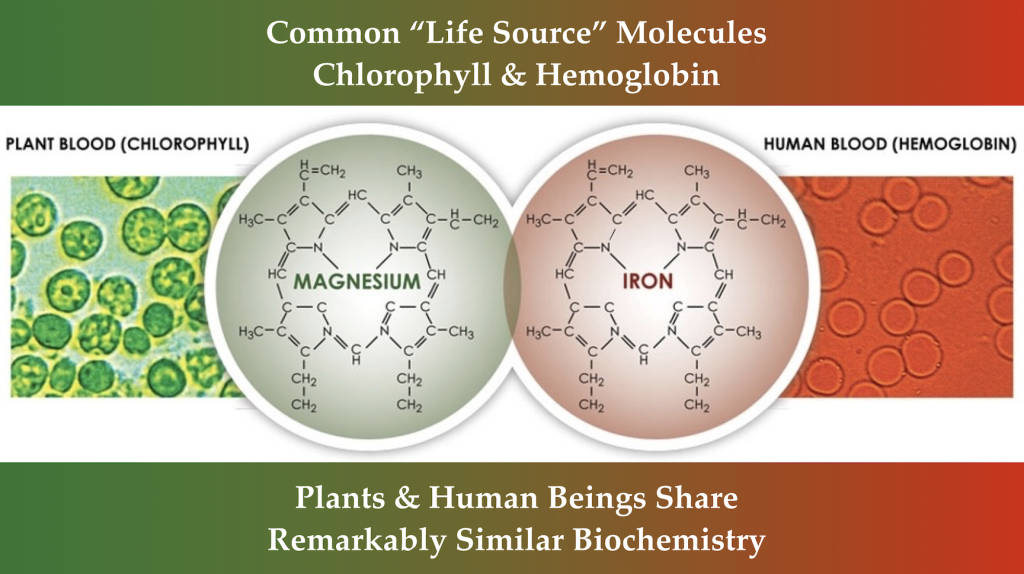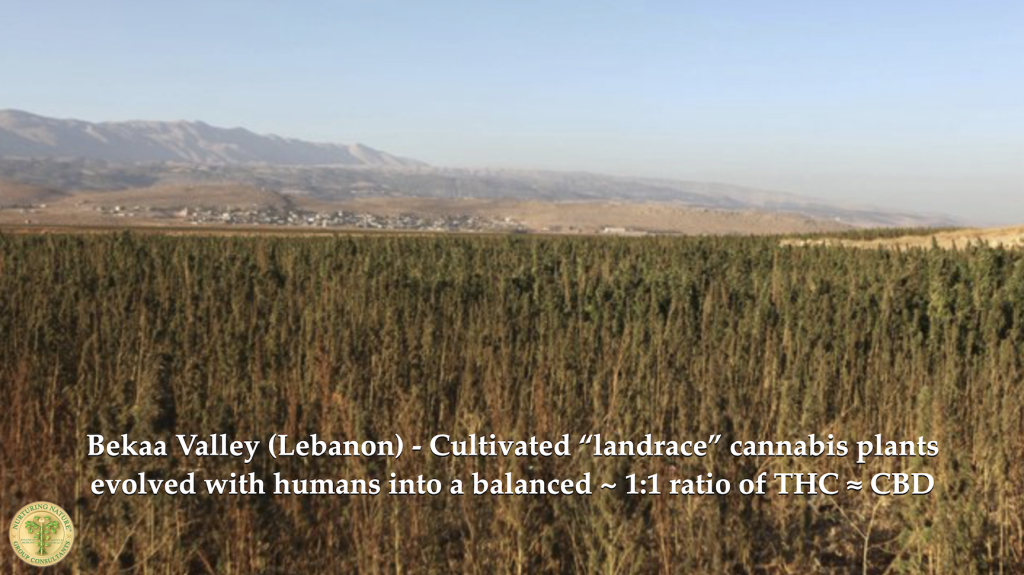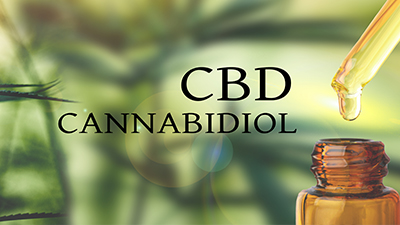
Doctor Block….”Nurturing Nature: A Contemporary Clinician’s Insight”
TheAnswerPage.com blog post by Jeffrey S. Block, M.D.
Founder and President – Nurturing Nature®

Plants and Animals Have Co-Evolved
Comparing botanical medicines with plant substances

As our ancestors evolved in prehistoric times, healers were depended upon as horticultural botanists. If they did not understand how to keep plants alive, healers would have lost their formulary and most certainly would have failed at their craft. From the earliest of primitive nomadic tribes to the advancing agricultural civilizations that followed, knowledge of botanical skills (botany) has proved central to mankind’s successful evolution.
Civilizations’ earliest “physician” healers included Imhotep (2667-2648 BC) in Egypt and Hippocrates (460-370 BC) in Greece, as well as Acharya Charaka (100? BC – 200? CE) in India and Zhang Zhongling (150-219CE) in China. They all understood and shared certain knowledge about the importance of plants to sustain health. Accordingly, these historical figures are widely regarded as Fathers of Modern Medicine by their respective cultures in that they each recorded their botanical findings to herald the historical beginnings of evidence-based healthcare.

Illustration by Jeannette Aquino (2020)
The endogenous cannabinoid system carries the plant’s name because study of cannabis effects led to the system’s discovery, however, this bodily regulatory system is in fact older than the plant. All animals, vertebrates and even invertebrates, have an endocannabinoid system (ECS, the oldest identified being the sea squirt, a creature that developed nearly 600 million years ago. By comparison, cannabis developed as a distinct botanical genus no earlier than 34 million years ago during the Oligocene epoch, and its closest genetic relative, hops, does not appear as a species in the fossil record until only around six million years ago. The appearance of a botanical compound that interacts with a much older animal receptor system may support a teleological or ethnobotanical contention that there is a coevolutionary relationship in which plants have developed highly sophisticated chemistries to cooperatively appeal to creatures unwittingly assisting with those plants’ reproduction and dissemination, as well as to repel insect and animal herbivore threats. An understanding of the plant’s survival rationale also helps to explain why its offensively bitter-tasting defensive chemical alkaloids often are taken along with a proverbial ‘spoonful of sugar’ when used as medicines to make their ingestion more palatable.
Cannabinoid Biochemistry and Physiology
Common Ancestral Links Between Flora and Fauna
Evolutionary natural selection provides indirect evidence of mankind’s effective use of botanical substances. Whether for nutrition or remedies, plant source chemicals are essential to sustain life and have been exploited by animals since the beginning of time. Human life’s evolution along with plant life has revealed common ancestral chemicals recognized to be essential to our health and survival. One has only to look at essential “life-blood” molecules of hemoglobin next to those of chlorophyll to appreciate that their remarkably similar chemistries connect an ancient botanical past to the complexities of our evolved modern human physiology.

Other than their respective 2+ cations (magnesium in chlorophyll and iron in hemoglobin), these life Kingdom defining molecules share remarkably similar biochemistries
Molecular similarities attest to the core of biochemical evolutionary links between plants and animals. This becomes apparent when comparing the critical energy molecules of plants and animals. Light energy processing is possible through chlorophyll that allows photosynthesis, while animals’ hemoglobin molecule is responsible for O2 exchange to derive energy. The mere substitution of magnesium (a 2+ cation) at the core of chlorophyll with iron (another 2+ cation), dramatically changes that molecule into serving as hemoglobin. This similarity of molecular structure is most remarkable when one considers the resulting essential consequence of each molecule’s unique bioactive purpose.
Human Agriculture Spreads Cannabis Around the Globe

During the Pleistocene Ice Age
Adaptable human beings and cannabis plants survived in “refugia”
Unlike most plants that use several methods of distribution such as wind, insect cross-pollination, or seed dispersal by animals, human agriculture is credited for Cannabis’ worldwide transport from Asia after the last ice age.
There is accumulating genomic evidence that native and natural traditional landrace Cannabis varieties evolved their ancestral balance of synergistic phytocannabinoids and essential oils to successfully co-evolve with humans and eventually find their way around the world.

Bekka Valley (Lebanon) – Cultivated “landrace” cannabis plants
evolved with humans into a balanced ration of THC = CBD.
Evolution’s threat to survival is indeed nature’s ultimate knock-out experiment! Contrasting with most plant and animal species that met with extinction during the last ice-age, mankind’s long-term survival along with the Cannabis plant has persisted since prehistoric times.
Co-evolutionary stressors imposed by ethnobotanical challenges may intuitively be regarded as indirect evidence of human-plant therapeutic tolerances that have withstood the critical test of time. Teleological discussions reason that if used by human beings for over 10,000 years, these traditional Cannabis varietals likely interplayed favorably with human genes well-enough to meet the survival needs of adaptive physiology.

Human agriculture was the vector for Cannabis’ current global distribution.
For all the importance of plant-human interactions in identifying endogenous mechanisms and targets for healthcare, future therapeutic applications will have less to do with the plant’s chemicals, and more to do with other pharmacological ways to manipulate the endocannabinoid receptors’ functions. This integrating system appears to be the body’s key regulatory mechanism, particularly in the brain, where it is known to affect memory, pain perception, and mood, among other things.

The Answer Page, Inc is providing this blog as a forum for discussion and exchange of ideas. Reference to any specific product or entity does not constitute an endorsement or recommendation by the TheAnswerPage.com. The views expressed by guest bloggers are their own and their appearance in this blog does not imply an endorsement of them or any entity they represent. Views and opinions expressed by bloggers are those of the blogger and do not necessarily reflect the view of the TheAnswerPage. Please see TheAnswerPage.com Privacy Policy and Terms & Conditions before utilizing the blog.


